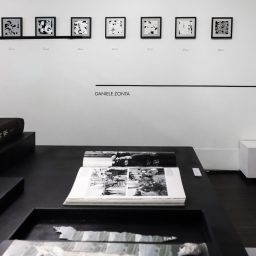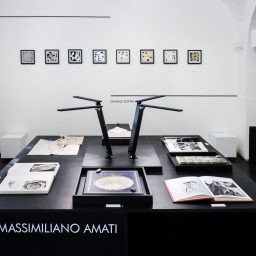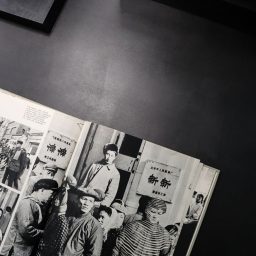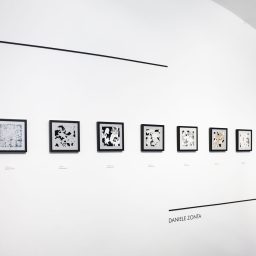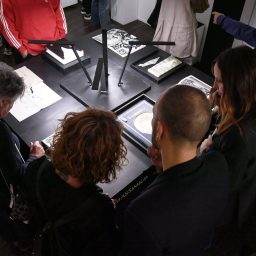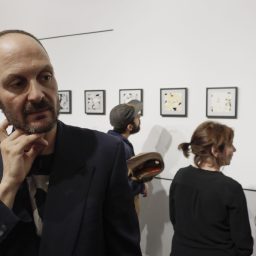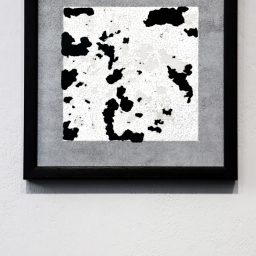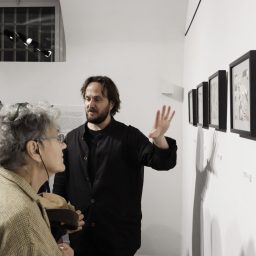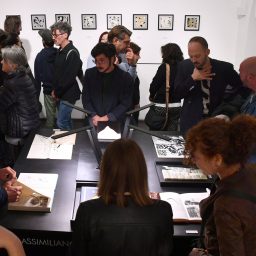Corpo / Primario is an unusual title when referred to paper as a medium. Yet, the title itself already serves as a declaration of intent which—through the curatorial reading of Vania Caruso and Rossella Della Vecchia—emancipates paper from its ancillary role, granting it a central space of intervention: no longer a mere support, but the very subject of the work, as sculptural matter or, symbolically, as corporeal matter to be shaped. An incised, hollowed, “flesh-stripped” body: a signifying body that bears witness to primary expressive forms, capable of charting new routes of mediation within the field of art.
Reconceived in a dialogical perspective, within the spaces of Galleria 291 Est—from October 18 to November 15, 2025—the processual practices of Massimiliano Amati (Locorotondo, 1979) and Daniele Zonta (Bassano del Grappa, 1987) unfold within an algorithmic dimension, marked by a reiterated series of codified gestures, both in the human and in the “non-human” domain. What emerges is an unprecedented grammar of semantic and/or biological ruins, which intensifies gestural expression in the applications of the medium, beginning precisely from what has been materially subtracted from it.
In this sense, Amati’s research develops through operations animated by a logic akin to the algorithmic, here translated into an analog register. A meticulous, layered process takes form in the use of a surgical scalpel—the precise interface between artist and support—through which he performs the upcycling of old volumes. Reinterpreted as an unprecedented sculptural medium, each art-book acquires a tactile density that challenges its apparent fragilities. On display, his paper bodies are articulated thematically, potentially transfiguring into unprecedented relief cartographies: the ultimate act of a semiotic surgery that incises and fragments texts and images into an alternating expression of voids and solids, capable of redefining the morphological geography of the present.
Different yet complementary, Zonta’s research is structured as an open algorithm, within which the aleatoriness of the biological factor is introduced. Inscribed within a broader reflection on forms of primary expression, this generative protocol positions the artist as a deus ex machina, who delegates part of the work’s production to a living organism. Indeed, it is the field crickets that materially generate the work by devouring sheets of Wafer Paper in a controlled environment, circumstantially defined by the (human) artist. The result is a paper surface eroded, often paired with gold or silver leaf inserts, which—once framed—appears as the organic map of a biological process, crystallized in its spatio-temporal manifestation, and often even in the sonic reverberation, of an underlying voracious act.

